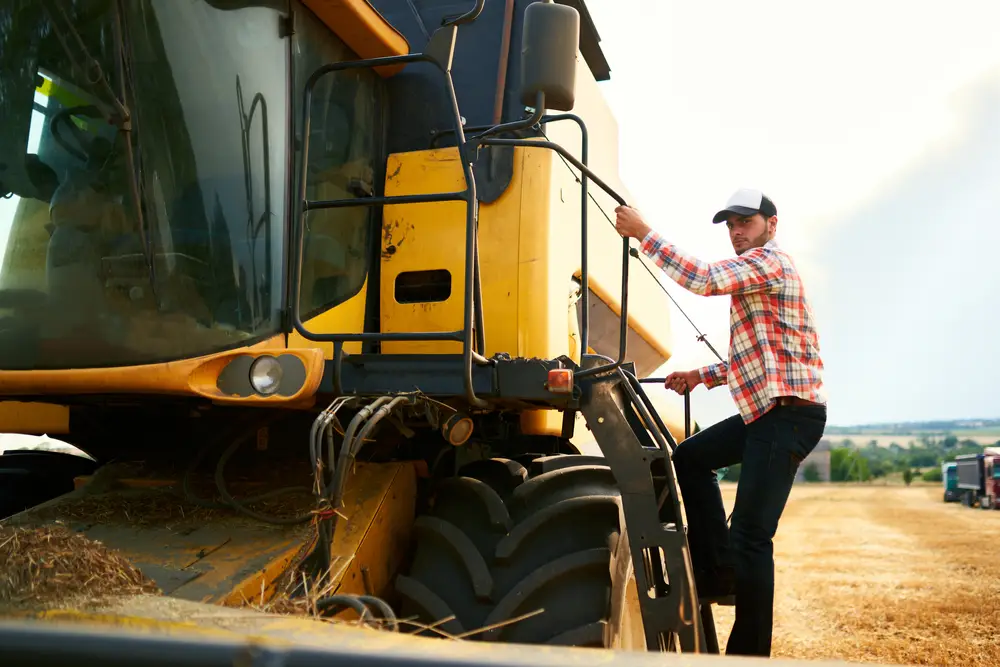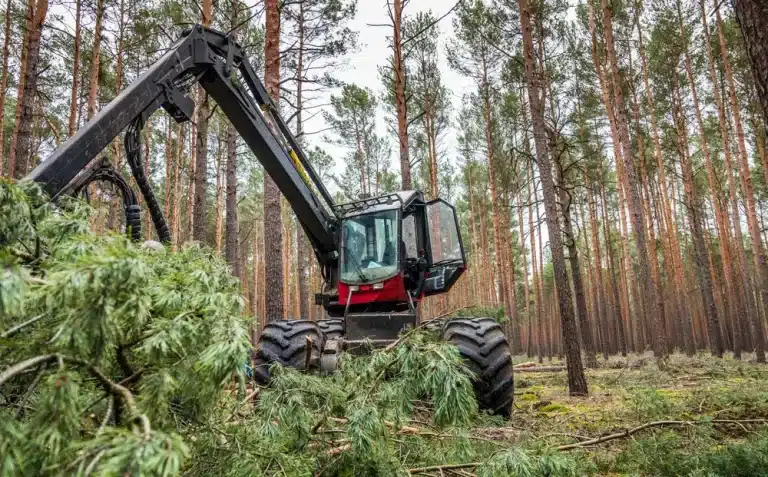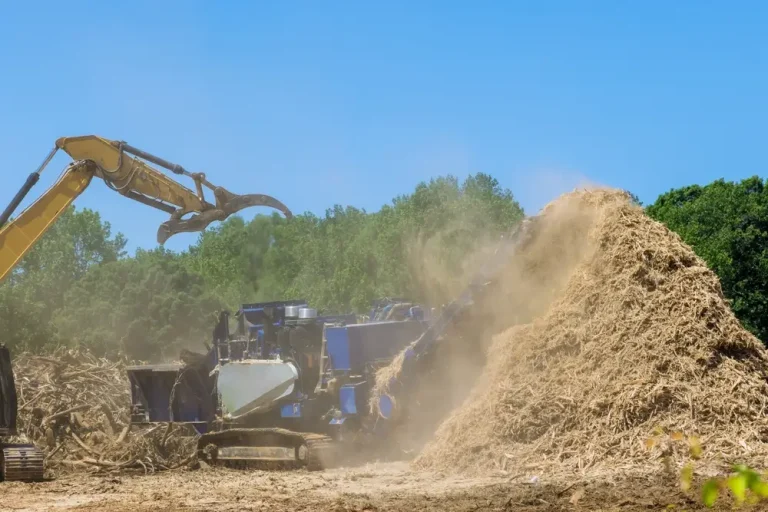Did you know that deep in the lush forests of southern France, incorrect use of forestry mulchers has caused expensive accidents and habitat destruction? With Toulouse and its woodlands dependent on prudent terrain maintenance, knowing who is able to operate these mighty machines is essential. In this post, we’ll clarify the training needed required or optional to operate a forestry mulcher in Occitanie. Let’s do it safe and sustainable.
What qualifications are required to operate a forestry mulcher
Operating a forestry mulcher is more than just hopping in the seat and firing up the engine. Operators have to satisfy a stringent regulatory framework in most countries. Minimum age is frequently 18 with operators being reasonably physically fit in order to cope with long days, rough terrain and the noise and vibration of the machine. Physical fitness is no mere formality it means that you can react quickly, remain vigilant, and handle the pressure that accompanies heavy machine work.
Essential skills for forestry mulcher operators include:
- Strong hand-eye coordination
- Good depth perception
- Quick reaction time
- Comfort with noisy and dusty work sites
- Ability to follow detailed instructions
- Basic mechanical sense
Experience matters. Most companies are seeking operators with experience on an excavator, bulldozer or harvester. This type of work develops the experience and decision-making required operate a forestry mulcher safely. For most, a drivers license or equipment operator’s permit is required. This indicates the individual has attained a minimum standard level of education and legal suitability to operate sophisticated equipment.
Operators-in-training need to be observed constantly by a trainer when working. They must pass written and hands-on tests. These exams examine both ability and safety knowledge. Not until an independent auditor, i.e. Not an employee, verifies the operator’s competence and the training program’s quality can the operator be certified. Certification lasts five years, but retraining and new tests are required if skill or safety gaps emerge. Operators have to demonstrate they can read and consult the equipment manual as necessary and the tests should correlate to established national standards.
Mandatory vs optional training: what’s really needed?
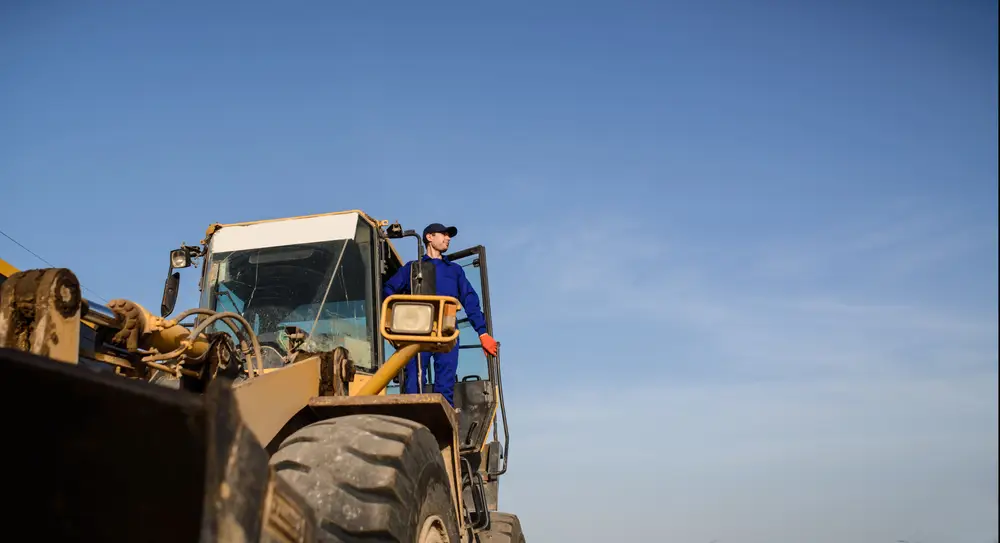
Forestry mulchers are powerful machines designed for land clearing, stump grinding and brush management. Running them takes talent and a strong sense of security. Training for mulcher operation falls into two main types: mandatory and optional. This kind of training is frequently mandated by local regulations or by employers and is a prerequisite before anyone can operate a mulcher. This training includes fundamental machine safety, correct operation, and identifying hazards in the workplace. Specialized training takes it even further, assisting experienced operators improve, discover expert techniques, or manage new models more securely.
Training comes in different formats to meet a range of learning needs. Some programs use classroom teaching for theory—like safety rules, risk checks, and part names. Others use hands-on practice, letting trainees work the machine under watch. Online modules are popular, too, letting learners cover basics like controls and safety from anywhere.
Mulchers are not equal. Drum mulchers are easier to operate and require less training for those familiar with heavy equipment. Operators can observe the drum strike the surface, thus it’s simpler to estimate progress. Drum mulchers excel in tight or uneven areas, but that translates to instruction on safe maneuvers in sketchy situations. Their open design makes stump grinding quick, but knowing how to do it the right way is time and wear-saving.
Disc mulchers are tougher. They can’t look at the disc when they’re doing it, so they have to use their ears and hands and memory. This requires deeper training, usually with lots of hands-on experience. Other parameters, such as whether the motor is fixed or variable displacement, alter what operators need to learn. Even the mulcher’s connection to the carrier is important, as secure installation requires technique and experience.
Sample training programs and what they include
| Training Program | Format | Duration (hours) | Main Content |
| Basic Operator Safety | Classroom | 3 | Safety rules, hazard checks, part names |
| Hands-on Drum Mulcher | Practical | 4 | Controls, visibility, stump grinding |
| Advanced Disc Mulcher | Practical | 8 | Handling by feel, sound, advanced techniques |
| Online Mulcher Overview | Online module | 2 | Controls, setup, motor types, quick-attach use |
Safety rules every mulcher operator must follow
Request your own thing. Forestry mulcher operation requires safety-first thinking. All operators, regardless of ability, must play by these same rigid rules. PPE is not optional. Helmets, gloves, eye and ear protection, and sturdy boots keep operators safe from flying debris, noise, and sharp tools. In dusty or noisy locations, respirators and earmuffs are essential. Decent PPE isn’t floppy or clumsy, getting in your way of good movement or vision.
Inspections of the mulcher prior to use are essential. That includes inspecting the blades, guards, hoses and hydraulic lines for leaks or wear. Ensure safety switches and shields are installed. A quick walk-around lets you spot leaks or loose bolts. Before taking off, check fluids and look for anything abnormal. Day by day checking keeps the big problems away, and the machine humming right.
Important is maintaining distance between the machine and individuals. No bystanders should stand within a 50-meter radius of the work. This rule reduces the danger of injury from tossed branches, rocks, or other debris. In hectic work areas, obvious demarcation and notices assist caution others to get out of the way. It’s a smart idea to establish some physical boundaries or spotters if you’re working near roadways or busy areas.
We all know what to do in an emergency and it saves lives. All operators should have the shut-off procedures memorized. Drill in emergency stops, and ensure all buttons and levers are within easy reach. Educate them on how to identify threats such as unstable terrain, concealed cables, or fire dangers. If a danger appears, shut down the equipment and remedy it prior to resuming.
Do you need a certificate to operate a forestry mulcher?
Regulations for who is permitted to operate a forestry mulcher vary between countries and occasionally within regions. In most areas of the world the law doesn’t require formal certification for entry-level forestry mulcher operation, however, there are some notable exceptions. If the implement is large, tracked, or backhoe-mounted, certain countries/states require a heavy equipment license. For instance, in the EU, ‘mobile machinery’ rules can apply. In Australia or Canada, local work safety organizations often impose more stringent regulations. In the U.S., OSHA doesn’t have a direct standard for mulchers but does anticipate safe workplace training.
Even if the law does not mandate certification, most employers and machine manufacturers advocate for some kind of evidence that an operator is trained. A lot of insurance groups will want to see training records if there’s an accident. They want a skills card or training certificate before they’ll let anyone near the controls. Numerous machine makers such as FAE or Prinoth recommend or provide their own training sessions, which are occasionally required to maintain warranty coverage.
Only a handful of established organizations provide such courses. The National Commission for the Certification of Crane Operators (NCCCO) and the International Powered Access Federation (IPAF) both give courses on complex or heavy forestry gear. In Europe, The European Forestry and Environmental Skills Council (EFESC) provides the European Chainsaw Certificate, which can encompass mulcher fundamentals. Even local colleges, technical schools and private trainers sometimes have short courses.
Common things you need for certification are: proof of age (at least 18 in most countries), a medical check (to show you are fit for the job), proof of training hours, and a skills test. You’ll frequently have to provide a copy of your ID and a logbook of previous machine work.
The real benefits of proper operator training
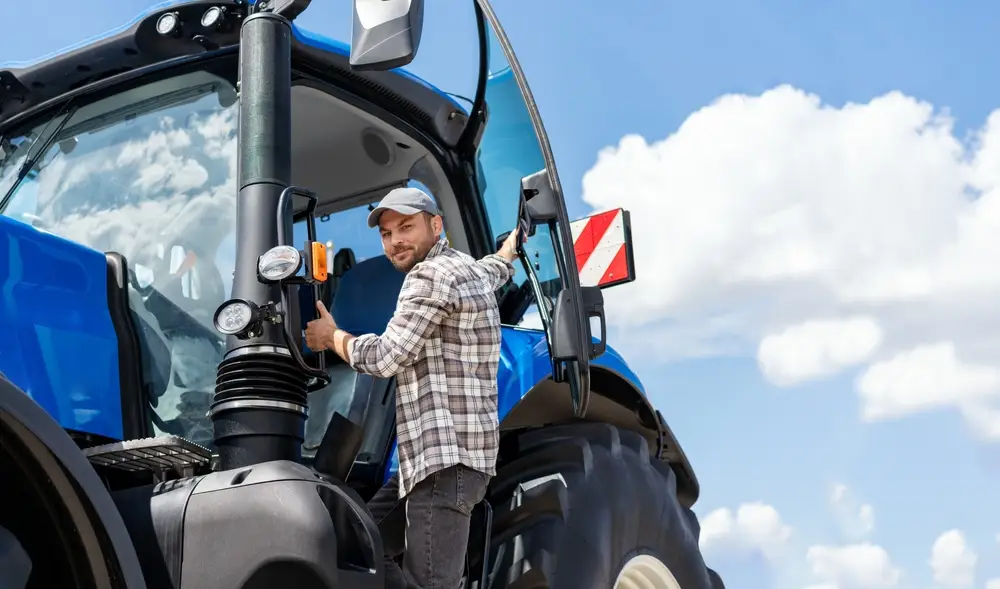
It’s not just box-checking. It’s an important aspect to protecting employees and optimizing the machinery. Forestry and agriculture work are some of the riskiest professions in the world. Hazards range from chemicals and heavy gear to entrapment in confined spaces. A lot of countries – the US, Canada – have pretty strict regulations. OSHA in the US and their equivalents in Canada established specific guidelines for training.
Training reduces accident dangers by instructing on safe operating procedures, hazard identification, and emergency reaction. Operators are taught to apply first aid and CPR if a colleague is injured. This ability itself can save lives. Training includes the handling of pesticides, fuels and other chemicals. Employees know what to do if something spills or leaks. In Canada, forest worker courses typically cover chainsaw safety, tree felling and how to identify dangers prior to injury. Reasonable suspicion training empowers employers to identify indications of drug or alcohol abuse and take swift action, assisting in maintaining a secure work environment.
Training benefits: Trained operators operate mulchers quicker – and with less errors. They burn less fuel and wear less on the machine. This equates to less downtime and less costly repairs. They learn to catch when a component is about to break, so repairs occur promptly.
Verified training is great for careers. Employees with safety course certificates and practical skills have improved employment opportunities. They can rise quicker, earn more and assume more responsibility.
| Benefit | Details |
| Fewer accidents | Safer operation, first aid, chemical safety, hazard spotting |
| More efficient work | Faster, fewer errors, less downtime, lower repair costs |
| Career boost | Better job prospects, promotion, higher pay, more roles |
| Legal compliance | Meets rules from OSHA and similar organizations |
Costly mistakes caused by poor or missing training
Operating a forestry mulcher looks easy, but there are some serious errors crews make when they blow off training or try to shortcut. Others skip the HR mandatory training or forget to take refresher courses. This causes people to be unaware of how best to operate the machine or lose out on new safety regulations. For instance, folks sometimes pile mulch too high around trees, which is referred to as a “mulch volcano.” This is no good for the tree as mulch ought to be maintained roughly 1–2 inches away from the trunk and about 2 inches thick. Pile it too deep and roots may become smothered or the trunk may rot.
If a technician hasn’t been taught about day-to-day inspections or periodic maintenance, the equipment can fail quickly. Neglecting your daily checks or not doing a full maintenance look at the end of each season allows small issues to become large ones. For example, if you push the mulcher to clear too much too quickly, it may prematurely wear or break. Failing to verify the type of plants you’re clearing or failing to match the job to your mulcher’s size can make things go awry, making the work less smooth and even damaging your equipment.
Overconfidence can be just as dangerous. They forget simple safety measures, such as maintaining a distance between the mulch and tree trunks, or neglecting to consider how various mulch can alter the soil pH. Others may try to use old rules to operate new equipment, unaware that the newer machines may require a different approach or revised regulations. It’s a risky work environment and may even invalidate the warranty.
